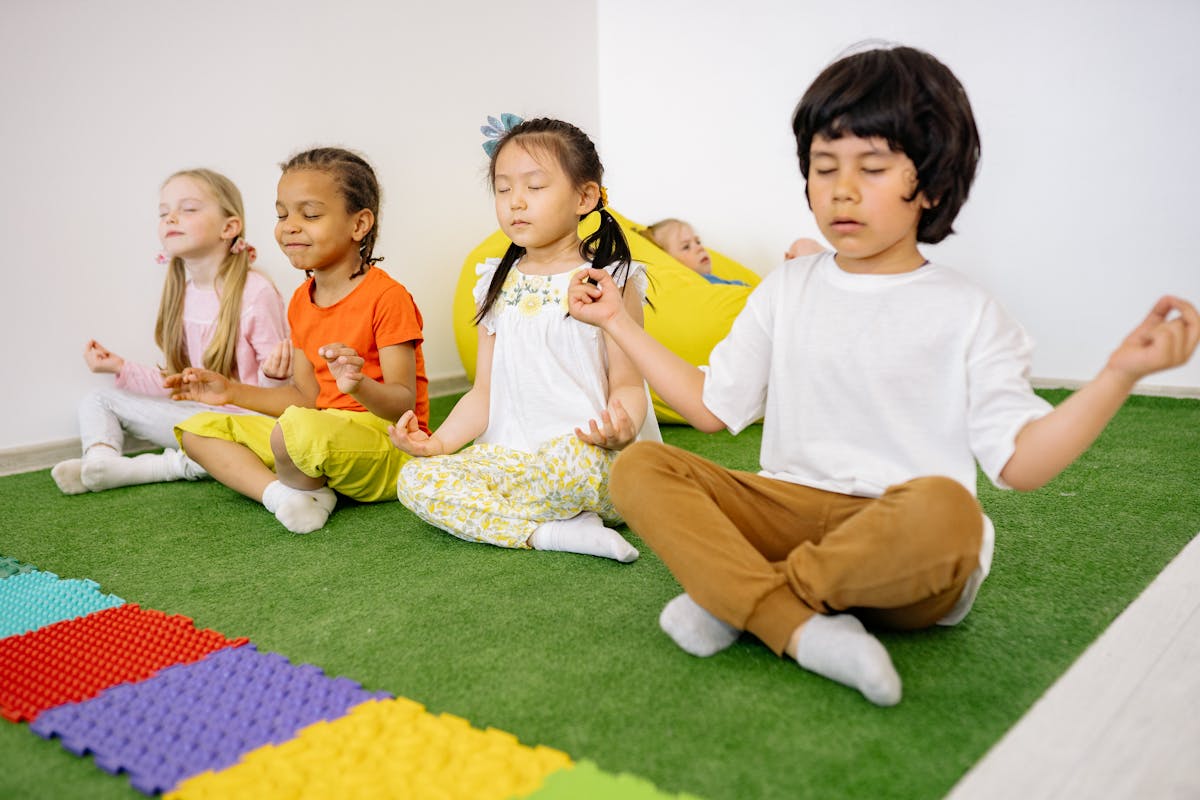In today’s digital age, where screens often dominate children’s attention, instilling healthy habits and an appreciation for fitness is more important than ever. Teaching kids about health and fitness from an early age sets the foundation for a lifetime of wellbeing.
As parents and guardians, it’s our role to guide them in understanding the importance of physical activity, nutritious eating, and overall health. Here are some effective tips for teaching your kids about health and fitness in a fun and engaging way.
1. Lead by Example
Children are keen observers and often mimic the behaviours of their parents. Demonstrating healthy habits yourself is one of the most powerful ways to teach your kids about health and fitness.
Be Active Together: Incorporate physical activities into your family routine. Go for bike rides, take family walks, or play sports together.
Eat Healthy: Make nutritious meals and snacks a regular part of your household. Show enthusiasm for healthy eating by trying new recipes and enjoying a variety of fruits, vegetables, and whole grains.
2. Make Exercise Fun
Exercise doesn’t have to be a chore. Turn physical activity into a fun and enjoyable experience.
Play Games: Engage in active games like tag, hide and seek, or obstacle courses. These activities not only promote physical fitness but also foster creativity and teamwork.
Dance Parties: Turn on some music and have a dance party in the living room. Dancing is a great way to get moving and have fun.
Sports and Hobbies: Encourage your child to try different sports and activities until they find one they love. Whether it’s soccer, swimming, gymnastics, or martial arts, finding a passion for a particular sport can motivate them to stay active.
3. Educate About Nutrition
Understanding the basics of nutrition helps children make healthier food choices.
Cooking Together: Involve your kids in meal planning and preparation. Teach them about different food groups and the importance of a balanced diet.
Grocery Shopping: Take your children grocery shopping and explain how to read nutrition labels. Let them pick out healthy foods and understand how these choices contribute to their health.
Healthy Snacking: Stock your pantry with healthy snacks like fruits, nuts, and yoghurt. Teach them to choose these over sugary or processed options.
4. Create a Routine
Establishing a routine helps children understand the importance of regular physical activity and healthy eating. It’s an area that is often recommended by schools as children adapt to a routine, such as this independent school in Herts.
Set a Schedule: Designate specific times for physical activity, such as after school or on weekends. Consistency is key to developing lasting habits.
Regular Meals: Have regular meal and snack times to ensure your child is eating balanced meals throughout the day.
5. Teach the Importance of Hydration
Hydration is a crucial part of overall health, yet often overlooked.
Water Over Sugary Drinks: Encourage drinking water instead of sugary beverages. Explain the benefits of staying hydrated, such as improved energy and concentration.
Fun Water Bottles: Provide your child with a fun, reusable water bottle to encourage them to drink more water throughout the day.
6. Talk About the Benefits
Help your child understand why health and fitness are important.
Physical Benefits: Explain how exercise strengthens muscles, improves cardiovascular health, and boosts overall energy.
Mental Health: Discuss how physical activity can improve mood, reduce stress, and enhance cognitive function.
Long-Term Health: Teach them that healthy habits now can prevent health problems later in life.
7. Limit Screen Time
While technology has its benefits, too much screen time can lead to a sedentary lifestyle.
Set Limits: Establish rules around screen time, ensuring there is a balance between screen use and physical activity.
Active Alternatives: Provide alternatives to screen time that involve physical activity, such as playing outside, building forts, or engaging in arts and crafts.
8. Be Supportive and Encouraging
Positive reinforcement can go a long way in motivating your child to stay healthy and active.
Celebrate Achievements: Acknowledge and celebrate your child’s efforts and achievements in maintaining a healthy lifestyle.
Encourage Goals: Help them set achievable health and fitness goals and support them in reaching these milestones.
Teaching your kids about health and fitness doesn’t have to be daunting. By integrating these tips into your daily routine, you can make learning about health fun and engaging. Remember, the goal is to create a positive and supportive environment where healthy habits can thrive. By leading by example and making health and fitness a family affair, you’re setting your children up for a lifetime of well-being and happiness.









